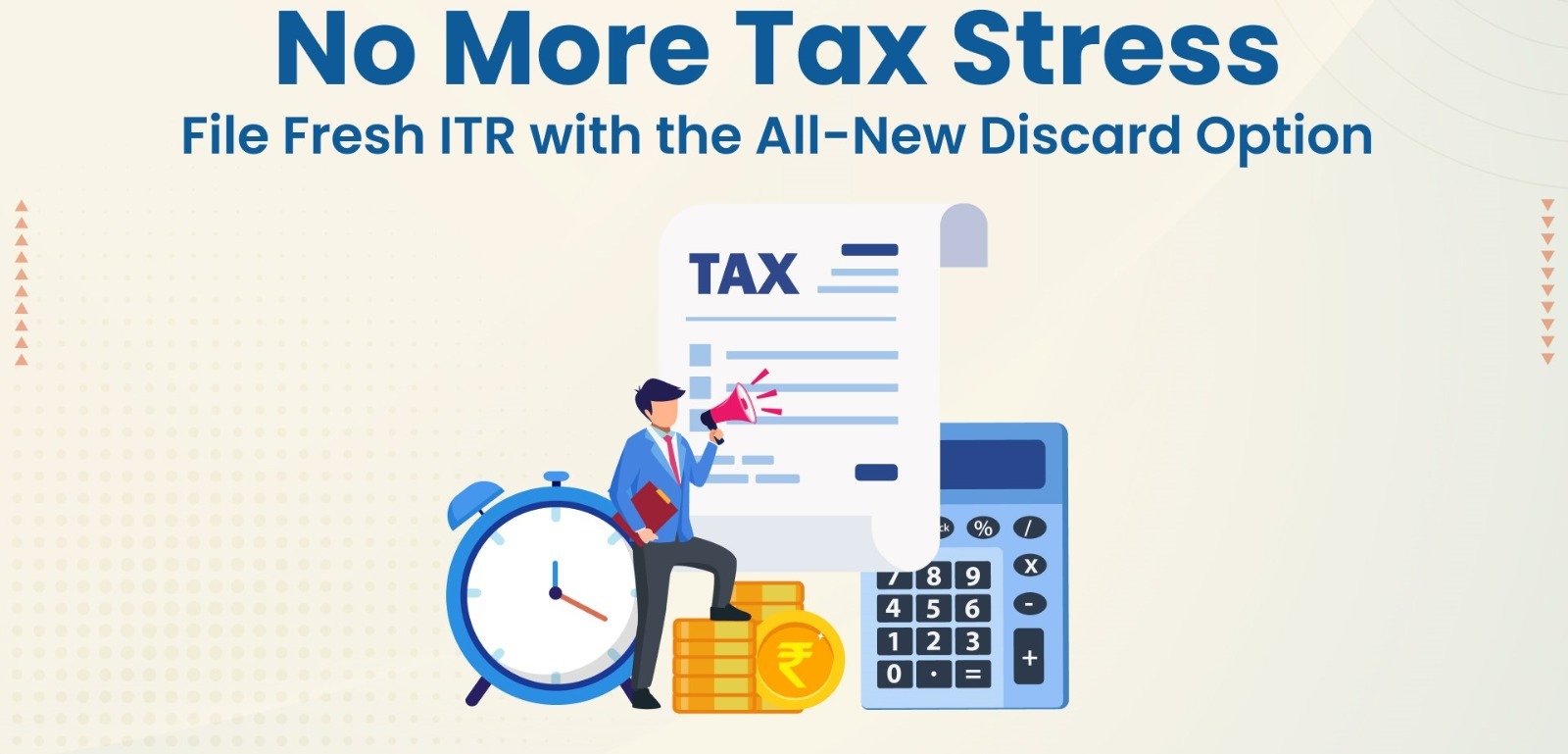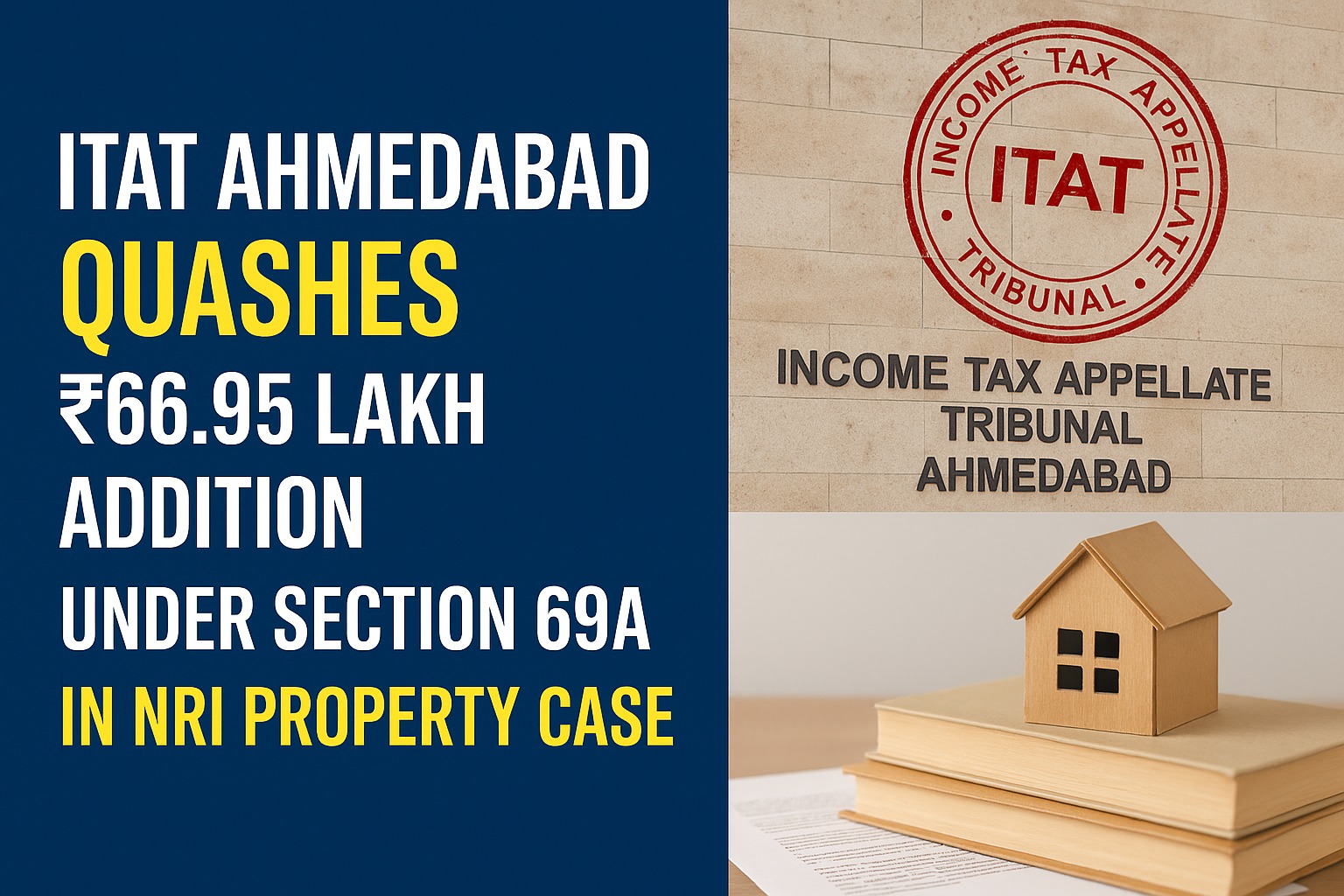 WhatsApp
WhatsApp
 Call Us
Call Us
 Email Us
Email Us
 Whatsapp Community
Whatsapp Community

Fulfilling your annual income tax return (ITR) is a crucial responsibility for taxpayers. As the number of filed tax returns continues to rise, it's imperative for individuals to be well-informed about the necessary steps for completing the ITR filing process. Commence by logging into your e-filing account on the income tax portal, where you can choose the relevant tax return form and input the necessary details. Following the submission of your income tax return, it becomes imperative to promptly verify it within the designated time frame, whether through online or offline methods.
The verification process is vital, as an unverified return remains unprocessed. Failure to verify is tantamount to not filing a return, subjecting the taxpayer to the same repercussions. Ensure compliance by adhering to these essential steps in the income tax filing journey. Now, in order to streamline the process, starting from assessment year 2023-24, the tax authorities have added a new facility where the taxpayers will have the flexibility of discarding an unverified return if one finds any discrepancies in it and one intends to file a fresh return. Let's delve into the details of this new discard option.
Upon submitting or uploading your ITR form on the income tax e-filing portal, the subsequent crucial step is to verify it. Now, with the latest update, one has an option to rectify any errors before verification. If any mistakes are identified, one can easily discard the initial return and proceed to submit a fresh and accurate one.
This marks a significant improvement from the previous process, where a filed return had to be verified even if errors were discovered. The introduction of this new feature allows for a more streamlined and error-free filing experience.
Another important aspect of this new facility being, less probability of your ITR coming under scrutiny!
Under the previous format, once a return is verified, submitted, and subsequently revised, a digital trail is retained. This trail may raise inquiries from the income tax department. To mitigate this risk, taxpayers can now utilise the "discard ITR" option if one spots any errors or omissions after submitting the return. This eliminates the need to compulsorily verify an inaccurate return before revising it, reducing the potential exposure to departmental queries. This enhancement provides taxpayers with a more proactive and risk-averse approach to addressing errors in their income tax returns filing process.
Consider a scenario where income from the subsequent year was mistakenly disclosed in the current year. If the return is initially verified and then revised without including a particular income head, it could potentially attract scrutiny from the tax department. The concern may arise regarding the suppression of income and subsequent revision of the ITR. However, by opting for the discard return option, unnecessary legal complications can be averted. This feature provides a safeguard against unwarranted scrutiny, ensuring a smoother and more transparent process for taxpayers.
Verifying your ITR is a critical step where you confirm the accuracy, completeness, and compliance of all provided information with income tax regulations. There are two methods to verify your filed ITR: you can either E-Verify the return online or dispatch a physical copy of your signed ITR to the Centralised Processing Centre (CPC) in Bengaluru.
It's crucial to adhere to the 30-day time limit for e-verification or the submission of a signed and verified ITR from the date of filing.
Failure to verify the ITR within the specified timeframe results in the return being considered as not filed. This non-compliance triggers the consequences associated with not filing an ITR under the Income Tax Act, 1961. It's essential to prioritise timely verification to avoid any unfavourable repercussions.
Submitting a return before the due date and later discarding it, followed by filing a fresh return after the due date, may incur implications akin to a belated return, leading to late fees.
For instance, if a return due by November 30 is initially filed on November 20 but discarded, and a new return is filed on December 2, late fees will be applicable. In addition to late fees, belated returns come with other limitations that should be duly considered. Stay informed about these consequences when navigating the process of discarding and re-filing returns to ensure compliance and avoid associated penalties.
The utilisation of the discard option is limited to instances when the ITR status is either "unverified" or "Pending for verification." Notably, there are no restrictions on employing this option multiple times for such cases.
It is paramount to exercise caution and refrain from discarding returns, particularly in situations where the signed ITR-V (acknowledgement form) for the physical verification of ITR has already been dispatched to the CPC. Prior to discarding the return under these circumstances, an undertaking confirming the dispatch of the ITR-V is essential. This precaution ensures the proper handling of physical verifications and compliance with the established procedures.
The process for discarding a return mirrors the steps involved in verifying the return. Follow these simple steps for a seamless experience:
By following these straightforward steps, you can efficiently initiate the process of discarding a return through the official income tax portal.
It's crucial to note that once a return is discarded, the action is irreversible. Hence, it is strongly recommended to perform a comprehensive assessment before opting for the discard feature. Choosing to discard an ITR essentially signifies that the return is treated as if it has not been filed at all. When an ITR is discarded, it essentially means that the return has not been filed at all.
Furthermore, it's crucial to keep in mind that discarding a return without filing a fresh one may draw the attention of the tax department. The Income Tax department has explicitly clarified in its FAQ section that a user who has previously uploaded return data but opts to discard the unverified return is anticipated to subsequently file a new ITR. This expectation is rooted in the understanding that the user is obligated to file the return of income based on their earlier actions. Adhering to this guidance helps maintain compliance with tax regulations and avoids potential scrutiny from tax authorities.







Stay in the loop, subscribe to our newsletter and unlock a world of exclusive updates, insights, and offers delivered straight to your inbox.